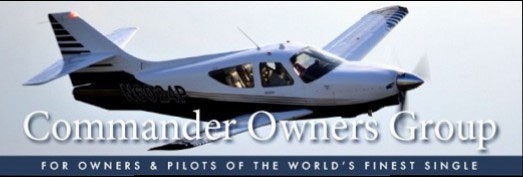Long Island, NY (USA)
- Aircraft Year
- 1976
- Aircraft Type
- 114
- Reg Number
- N127XY
- Serial Number
- 14039
Today I travelled from KISP to KLVL, KRZZ, KCPC, KFLO, and finally landing at KCAE for the night. Not all of that was straight lines between points, either. I had intended to get to KPDK, but the weather forecast didn't hold. This is the first time I really got to put the XM weather to the test, and I learned a few things:
a) All the technology and science being applied to modern weather forecasts are a complete waste of effort. I have yet to see how the 24 hour forecast from this morning holds, but the 12 hour forecast has been completely off.
b) When taking a long cross-country trip, zoom way out on the moving map. I had about a 20 mile radius showing on the map when I first spotted greens and yellows on my route. Once I zoomed out to about 50 miles there was green, yellow, red. Zoom out some more and lightning was being displayed. Had I spotted that happening earlier I could have started my detour earlier as well.
c) When there's 8 or 10 miles of visibility in heavy haze, you can have a hard time figuring out what the weather is doing by looking out the windows.
d) There were big gaps between storm areas, and the METARs were showing VFR in there. Given some of the things I've heard from others about dancing between cells I chose to stay away. There were plenty of red areas lined up on my purple line (purple is the color the moving map displays the route line to my destination) and zig-zagging between them probably wouldn't have yielded much progress anyway. Going around everything, despite the enormous off-track diversion, is a conservative solution that worked well enough for me today.
e) If you ever had any doubts about the value of XM, one trip like this will change your mind. I don't make very many long cross-country trips but, wow, this is a great tool to have available.
a) All the technology and science being applied to modern weather forecasts are a complete waste of effort. I have yet to see how the 24 hour forecast from this morning holds, but the 12 hour forecast has been completely off.
b) When taking a long cross-country trip, zoom way out on the moving map. I had about a 20 mile radius showing on the map when I first spotted greens and yellows on my route. Once I zoomed out to about 50 miles there was green, yellow, red. Zoom out some more and lightning was being displayed. Had I spotted that happening earlier I could have started my detour earlier as well.
c) When there's 8 or 10 miles of visibility in heavy haze, you can have a hard time figuring out what the weather is doing by looking out the windows.
d) There were big gaps between storm areas, and the METARs were showing VFR in there. Given some of the things I've heard from others about dancing between cells I chose to stay away. There were plenty of red areas lined up on my purple line (purple is the color the moving map displays the route line to my destination) and zig-zagging between them probably wouldn't have yielded much progress anyway. Going around everything, despite the enormous off-track diversion, is a conservative solution that worked well enough for me today.
e) If you ever had any doubts about the value of XM, one trip like this will change your mind. I don't make very many long cross-country trips but, wow, this is a great tool to have available.
